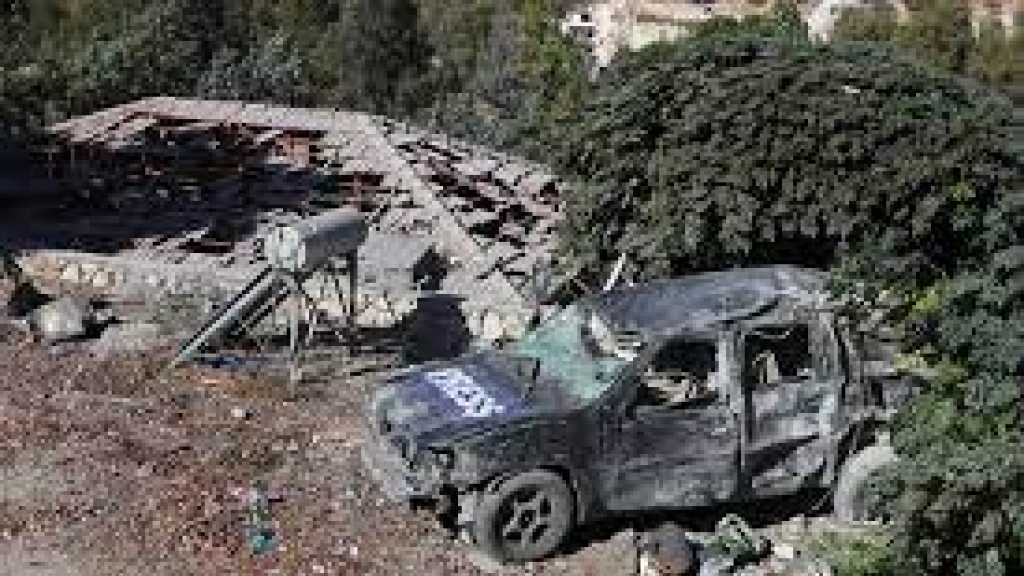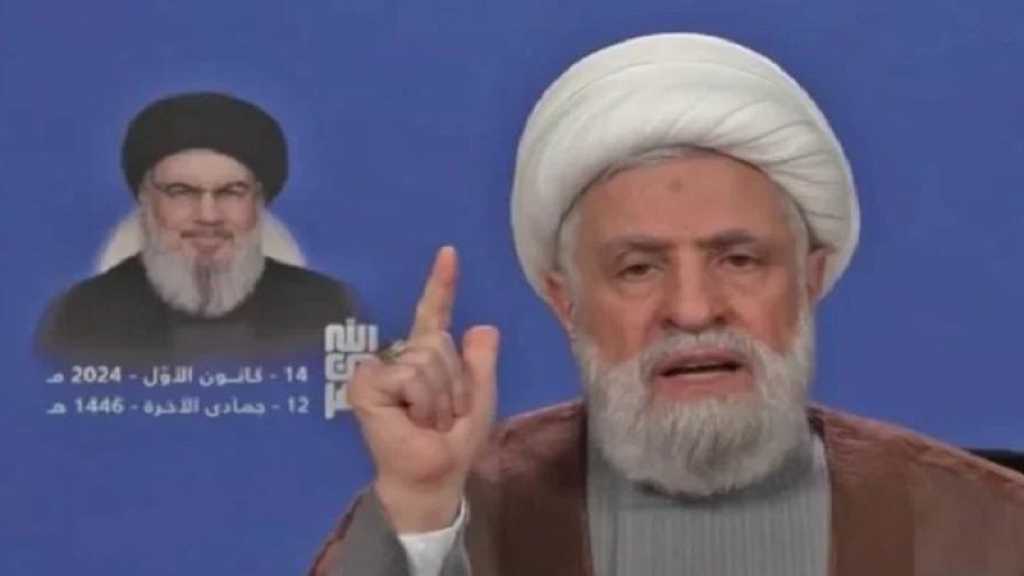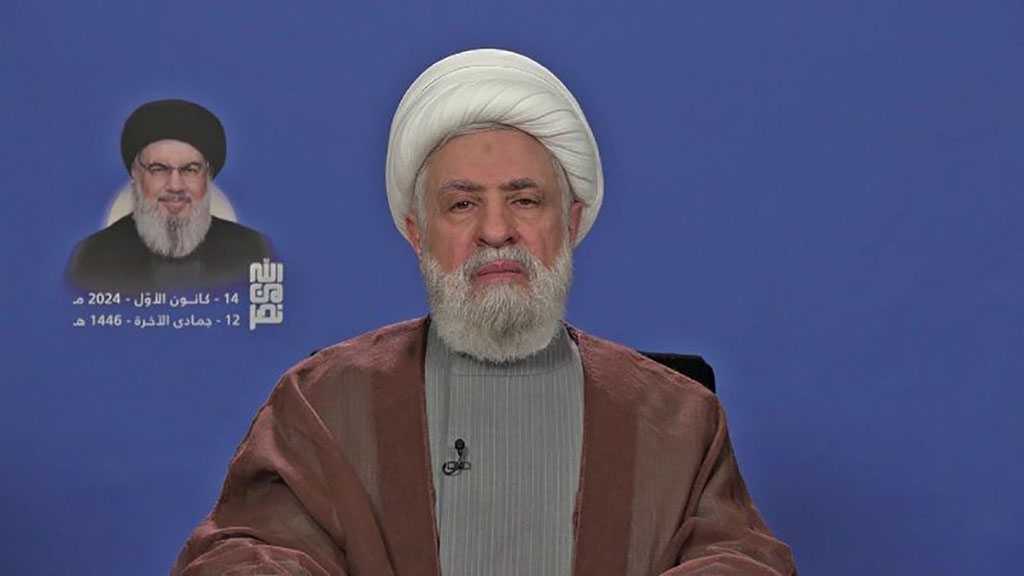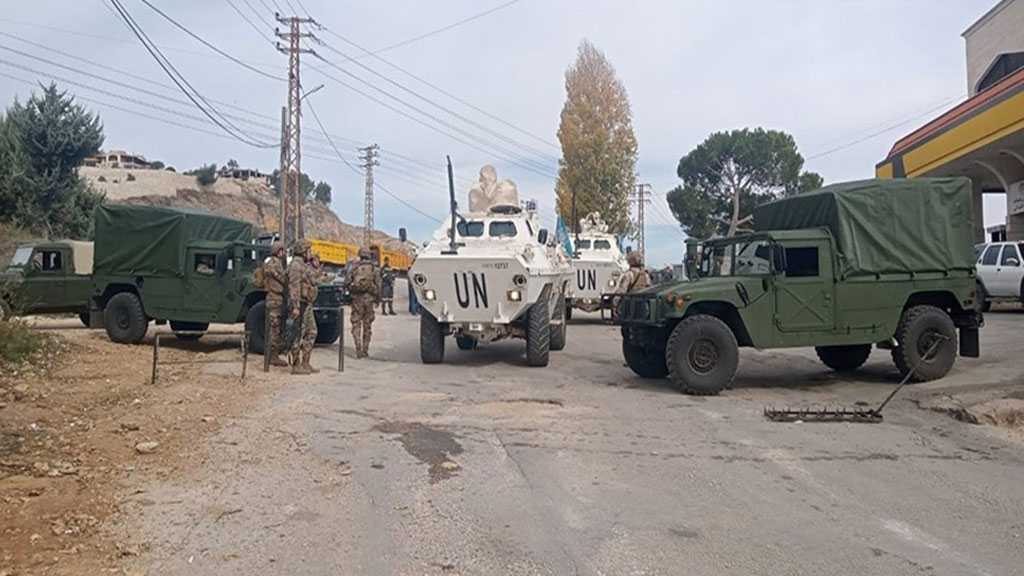The Guardian: IOF Strike Killing Mayadeen, Manar Journalists Possible War Crime

By Staff, Agencies
"Israel" used a US-made munition in an airstrike on October 25 in South Lebanon, which targeted and killed three journalists and injured three others, a Guardian investigation revealed, which legal experts have classified as a potential war crime.
At 3:19 am on October 25, an “Israeli” fighter jet dropped two bombs on a chalet where three journalists were staying—Al Mayadeen's cameraman Ghassan Najjar and technician Mohammad Reda and Al Manar's cameraman Wissam Qassem.
The three journalists were martyred while they slept. The attack also wounded three other journalists from various outlets who were staying nearby. There had been no fighting in the area before or at the time of the strike.
The Guardian visited the site, spoke with the property owner and journalists who survived the attack, examined shrapnel recovered from the scene, and traced “Israeli” surveillance equipment near the journalists' location. Based on these pieces of evidence, three international humanitarian law experts concluded that the attack could qualify as a war crime and called for a thorough investigation.
“All the indications show that this would have been a deliberate targeting of journalists: a war crime. This was clearly delineated as a place where journalists were staying,” said Nadim Houry, a human rights lawyer and executive director of the Arab Reform Initiative.
A separate investigation by Human Rights Watch corroborated these findings, determining that “Israeli” forces carried out the attack using US-made weapons, including a JDAM guidance kit.
“‘Israel’s’ use of US arms to unlawfully attack and kill journalists away from any military target is a terrible mark on the United States as well as ‘Israel’,” said Richard Weir, senior crisis, conflict, and arms researcher at Human Rights Watch. “The ‘Israeli’ military’s previous deadly attacks on journalists without any consequences give little hope for accountability in this or future violations against the media.”
Human Rights Watch, in its report, stated that the aggression was most likely a deliberate attack on civilians and an apparent war crime.
To justify the attack, the “Israeli” occupation claimed it had targeted a "Hezbollah military structure" where "terrorists were located inside the structure." However, just hours later, the occupation released a statement that the incident was "under review" after reports emerged that journalists were the target of the strike.
According to The Guardian's investigation, there was no evidence of Hezbollah infrastructure at the site and all the journalists were not affiliated to the Resistance group. Meanwhile, the “Israeli” military did not respond to requests for clarification.
Ghassan Najjar, one of the journalists killed in the October 25 “Israeli” airstrike, was described by his wife, Sana Najjar, as a dedicated member of the press who never carried a weapon.
“His weapon was his camera,” she said. Najjar left behind a grieving wife and a three-and-a-half-year-old son.
Regardless of political affiliation, the killing of journalists is prohibited under international humanitarian law, unless they are directly engaged in military activities, The Guardian stressed.
“It is a dangerous trend already witnessed in Gaza that journalists are linked to military operations in virtue of their assumed affiliation or political leanings, then seemingly become targets of attack. This is not compatible with international law," Janina Dill, co-director of the Oxford Institute for Ethics, Law and Armed Conflict, said.
In October, a group of about 18 journalists relocated to a guest house in Hasbayya, South Lebanon, after “Israeli” ground offensives forced them to leave Ebl al-Saqi, where they had been covering confrontations between Hezbollah and "Israel" for 11 months. They chose Hasbayya for its neutral stance and lack of prior “Israeli” strikes, according to journalist Yumna Fawaz, as cited by The Guardian.
The guest houses, owned by Lebanese-American Anoir Ghaida, were searched after the attack, but nothing suspicious was found. The journalists used the location as a base for 23 days, covering the war from a nearby hilltop with views of the border villages of Shebaa and Khiam.
Comments




